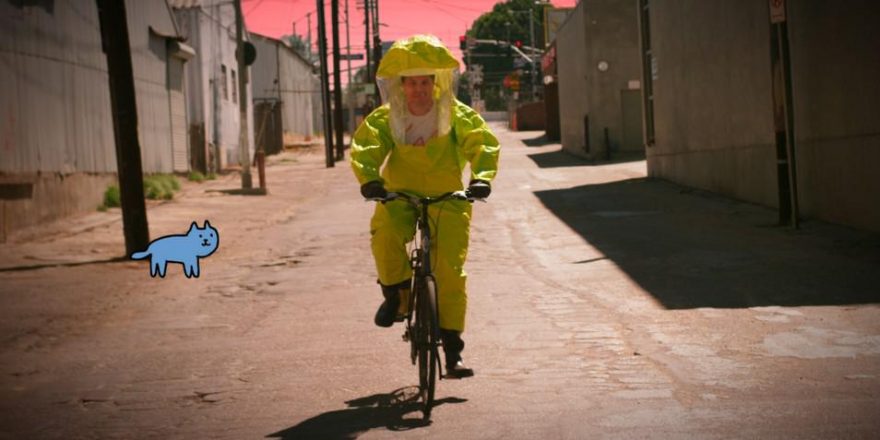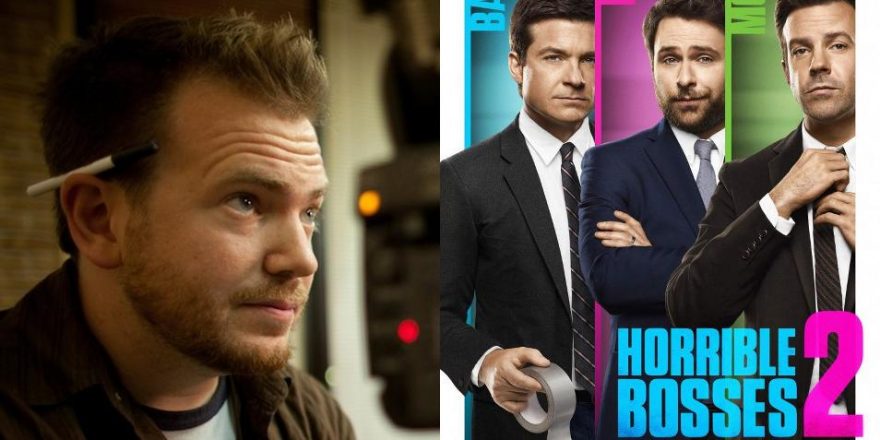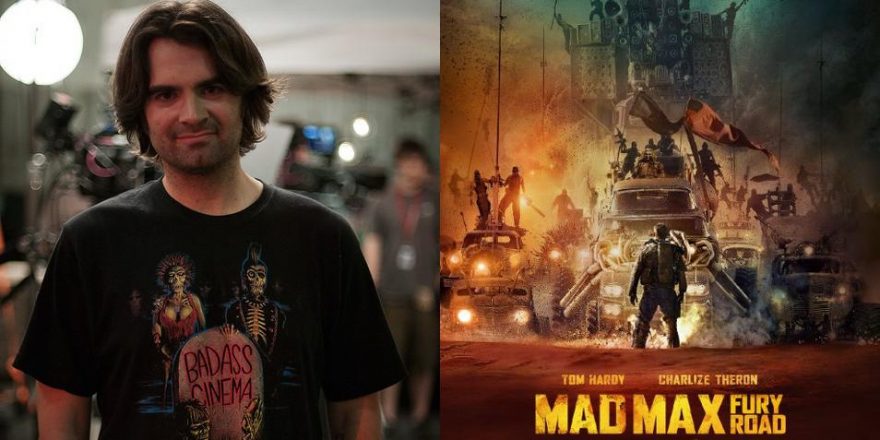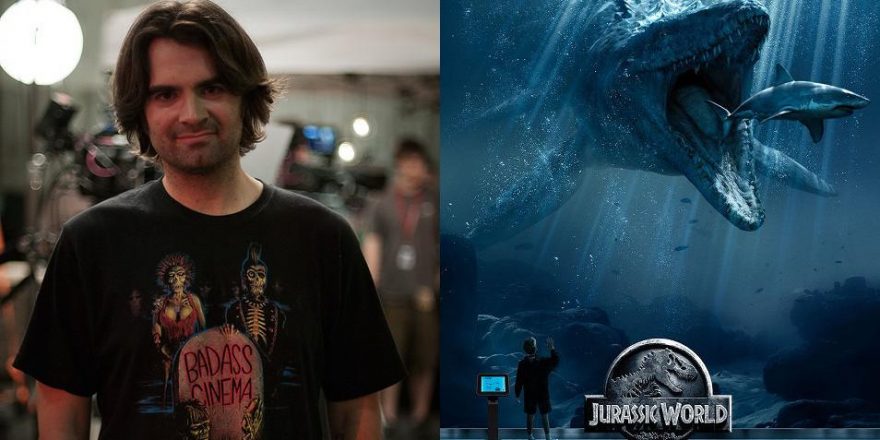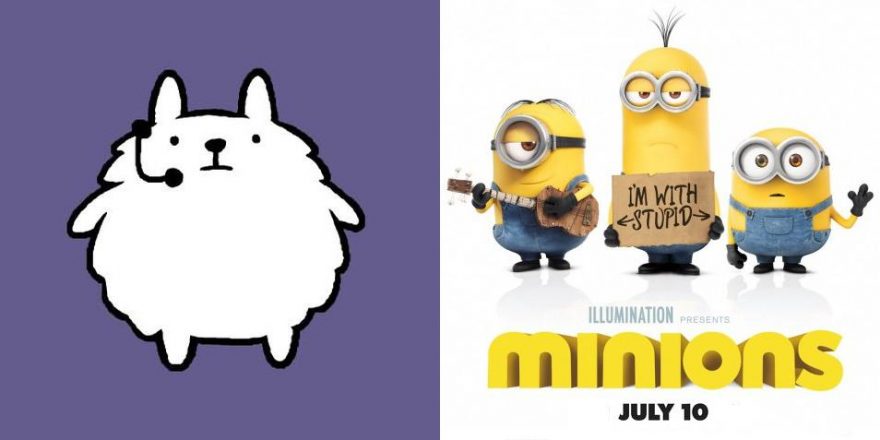I was originally intent on writing a piece about Todd Rohal’s marvelous sequel, Uncle Kent 2, but in the interest of full disclosure, I’m (normally) pretty good pals with Todd. So it wouldn’t have been appropriate. But then again, Todd also likes to post Instagram pictures of me eating at Outback Steakhouse, so fuck that guy. No, while watching Uncle Kent 2, it occurred to me that the film was perfectly representative of a particular sequel “format” I haven’t seen in ages. Something I guess I thought was dead, though I hadn’t really been thinking about it too much. Well, now I’m thinking about it.
You don’t need me to tell you that the sequel business is where it’s decidedly “at” in Hollywood at the moment. Currently, Jurassic World is one of the highest grossing movies in the history of movies, having surpassed ONE BILLION DOLLARS worldwide. And this is before any home entertainment revenue. Of course, I’m part of the problem, having seen it myself at the local multiplex (in the D-Box “rumble seats,” no less!). In fact, and I hate to admit this, of the last five movies I’ve seen in a movie theater, three of them were sequels to high-grossing studio movies. One of them was even critically lauded to boot. I’m talking about Mad Max: Fury Road, of course.
People love Fury Road, and with regards to the performances and the stunts, I can see why. But, in the grand scheme of things, I found it rather lacking. And I think it’s indicative of a problem at the core of virtually every modern sequel that isn’t based upon an existing cycle of young adult books (stuff with plots pretty set in stone – and a fan base more than willing to cry foul if the adaptation diverts too much), namely the offset of narrative risk-taking. It’s the notion that “if it worked before, why tamper with the formula?” Fury Road essentially lifted the exact plot of The Road Warrior: “We have to move a bunch of refugees from Point A to Point C, with a big battle occurring somewhere around Point B.” The twist was giving much of the primary action to a female hero (which I applaud as a very strong choice), and the big narrative shake-up was that (Spoiler Alert!) when they get to Point C, they decide to drive back to Point A again! But overall there was little in terms of world-building or fiddling with the formula of the previous films.
In Jurassic World, the notable difference was simply the scale of the movie. It’s a much larger theme park, and some of the dinosaurs are somewhat larger. That is all. Oh, and the raptors are the good guys now and they have cutesy names, such as “Blue.” This is a lateral move from my favorite instance of Hollywood’s misuse of the modern sequel, which would be The Lost World: Jurassic Park…possibly the only movie in existence that took being the second in its franchise at face value. It’s literally Jurassic Park multiplied by a factor of two! Two T. rexes. Twice the number of precocious kids. Look at all these extra raptors! Double the pithy Goldblum quips (OK, that one isn’t a complaint).
You don’t need me to tell you that the sequel business is where it’s decidedly “at” in Hollywood right now.Hey, I get it: there are millions and millions of dollars at stake here. In studio exec think-speak, “Why dangle your foot off the ledge?” Well, for starters, there wouldn’t be many franchises to build franchise films from if it weren’t for an earlier version of the sequel. One that looked at the original, or source film, as a launchpad rather than an old coat of paint that simply needed some retouching. The obvious examples from the heyday of mythos-enriching sequels include Aliens, the Back to the Future sequels (yes, even Part III), and – quite appropriately – The Road Warrior, a major change-up from the low-budget Mad Max. None of these movies were content with simply repainting the fence. All of them, for better or worse, accepted the challenge of significantly expanding the universe of the previous entry.
Even some of the (slightly) less obvious sequels of that era, such as Bill and Ted’s Bogus Journey and Gremlins 2: The New Batch, not only expanded the universe in a straight line, they also took their respective franchises in entirely new directions. Hell, even Mad Max Beyond Thunderdome at least tried to do something different. We hadn’t seen a functional town with a thriving post-nuke economic base until then. Well, to be fair, maybe we still haven’t. I’ll even cite a really obscure gem, a movie so lost to time that you might not even be able to find it on home video: House II: The Second Story (what an awesome pun, BTW). House II was everything a young kid could want in an adventure-horror film with zombie cowboys. Just check it out. Seriously. Now, you might say, “Well, several of the films you mention ended up killing the franchises they were supposed to support.” And you’d be right. But it’s certainly not because they tried something new. Big Top Pee-wee killed that franchise and it didn’t do anything that we hadn’t already seen in Pee-wee’s Big Adventure. And do I need to invoke the horror that is Beverly Hills Cop III?
So, finally, circling back to Uncle Kent 2, the ultimate (and probably unintended) paean to the ’80s sequel. The clever, and fully intended, joke at play is: “Here’s a sequel to a movie that nobody even saw.” A sequel to exactly the sort of movie (read: “an unseen indie”) that never warrants a sequel. But somewhere along the way, it was decided to take the original concept only for what it was: a launchpad. And from the ashes of Uncle Kent was born an extremely heady movie about the end of the world, the “singularity,” Marshall McLuhan-ism, and the politics of navigating Comic-Con. It would be impossible to draw a straight line from the original film to what Kent Osborne and Todd Rohal dreamed up for the sequel, but I’d argue that it’s equally impossible to have Uncle Kent 2 without Uncle Kent. The creative process necessary for its creation was stimulated strictly by the limitations of the original. A good artist thrives on limitations. When the world is your oyster, the presence of too many options suddenly can, in turn, make nothing an option.
Try to imagine an upside-down world where a studio exec attempts to pitch a legit Hollywood sequel to Uncle Kent. Let’s just assume the original was a breakout hit and made a bazillion bucks. Uncle Kent was, in its essence, a simple character study, straight out of the Joe Swanberg playbook (meant in the best way possible), about a 40-year-old dude trying to live like a 25-year-old dude. A Hollywood sequel would either offer more of the exact same, but with an A-list cast, or Kent 1.0 would have moved to New York City to find fame, fortune and, wait for it…love. It certainly would not have a scene with Kent masturbating to disintegrating images of Comic-Con attendees, a cartoon cat and a certain famous accordion-playing singer-songwriter with fabulous hair.
I, for one, am so glad this version exists. Because it wasn’t content just being a rehash, this “joke” sequel has by proxy become one of the most entertaining and thought-provoking features of the year. And Todd better chill with the Outback Steakhouse pics, or I’m taking all those compliments back.


